(4859 products available)

















































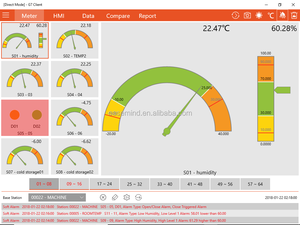













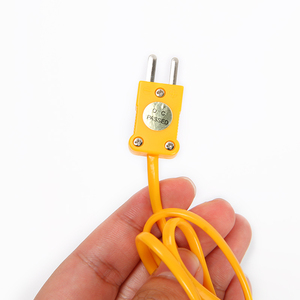


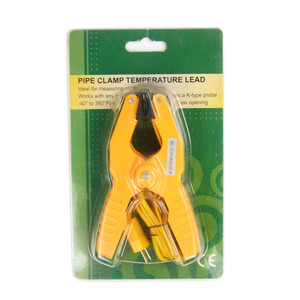








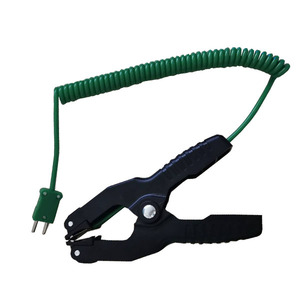







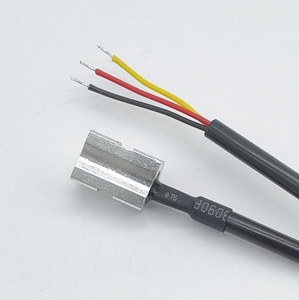




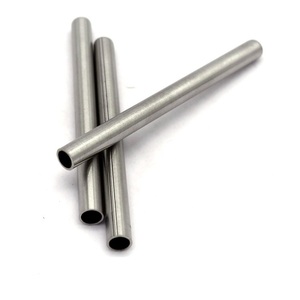












































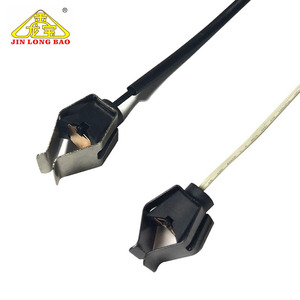
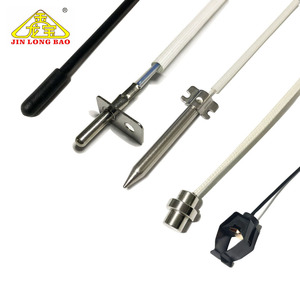
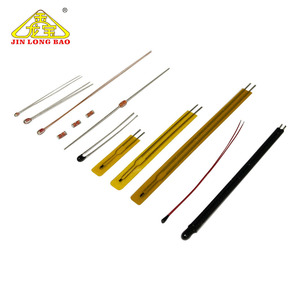




















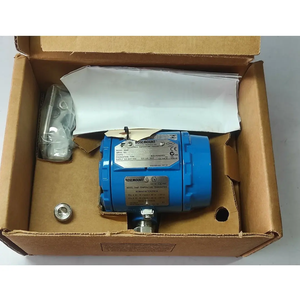
















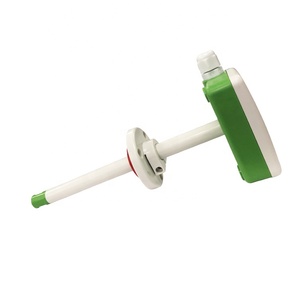
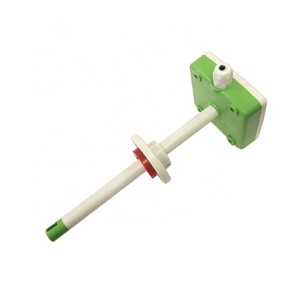

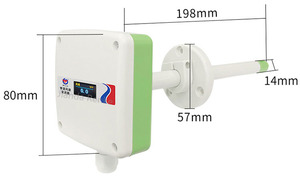
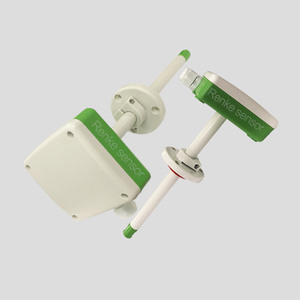







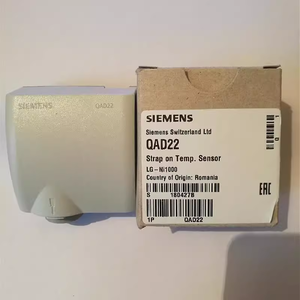

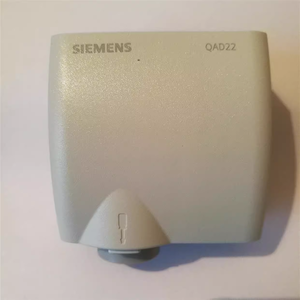
Pipe temperature sensor comes in various types, each designed to suit specific industrial requirements and operating environments. Choosing the right type ensures precise temperature monitoring in pipeline systems.
Thermocouples
Industrial-grade pipe temperature Thermocouples are rugged sensors for extreme conditions. Made with heat-resistant alloys like Chromel and Alumel, these sensors can withstand temperatures exceeding 1,800°F (about 982°C). Because of their solid construction, they work in refineries and chemical plants. Types include Type K for high heat, Type J for moderate ranges, and Type T for low temperatures. They measure at a thermoelectric junction that converts heat into a voltage signal. Their durability ensures long-term reliability in demanding situations.
Resistance Temperature Detectors (RTDs)
These devices use pure platinum to measure temperature through electrical resistance changes. RTDs provide precision and stability, with accuracy levels up to ±0.1°C. You often find these sensors in power plants, oil and gas facilities, and other industrial settings that require reliable temperature readings. Common classes like PT100 and PT1000 differ in resistance values, allowing adaptation to desired precision. With temperature ranges of -328°F to 1,112°F (-200°C to 600°C), they are appropriate for both low and moderately high temperature ranges.
Infrared Sensors
Unlike other sensors, infrared pipe temperature sensors measure heat without direct contact. You use them for non-metallic pipelines or when direct access is impossible. Fields in oil and gas, plastic and chemical industries rely on these sensors. For example, they are perfect for monitoring external pipe surfaces in hazardous environments where other sensors cannot be deployed. Operating ranges vary but typically extend up to 1,500°F (about 815°C). Infrared sensors are often used for quick, non-invasive measurements.
Thermistors
Thermistors are temperature-sensitive resistors ideal for low- to moderate-temperature applications. Made from ceramic materials, these sensors are highly sensitive, offering up to ±0.05°C precision. Commonly found in HVAC systems, they also play a role in the food and pharmaceutical industries. Negative Temperature Coefficient (NTC) thermistors decrease resistance with rising temperatures, while Positive Temperature Coefficient (PTC) increases it. NTCs and PTCs measure from -50°F to 350°F (-45°C to 177°C) and -320°F to 500°F (-196°C to 260°C), respectively.
Oil and Gas
Pipe temperature sensors are vital in the oil and gas industry for temperature monitoring and prevention. These sensors are fitted on pipelines and vessels to monitor the temperature of transporting oil, gas, and chemical fluids. A pipeline temperature sensor helps ensure that substances flow smoothly without overheating or risking explosions. If temperatures go too high or low, the sensors send alerts so workers can adjust conditions and keep everything safe.
Chemical Processing
The chemical plants must precisely control temperatures during complex reactions. That makes pipe temperature sensors crucial in this industry too. They are used to monitor the temperatures of heated and cooled pipes, mixers, reactors, and storage tanks. Thermometer sensors help ensure that chemicals are manufactured consistently within their required heat ranges. This keeps products like plastics, fertilizers, and industrial cleaning agents flowing in good order.
Metallurgical Industry
The metallurgical industry relies on pipe temperature sensors for accurate monitoring during metal processing. In steelworks and foundries, these sensors track how hot molten metal gets during casting or shaping. That is crucial for making metal structure materials like steel beams, car frames, and building girders safely. By monitoring temperatures precisely, sensors prevent metal from warping or cracking. They ensure it cools correctly to get the desired strength and form.
Food and Beverage Industry
The food and beverage industry must install pipes in heat exchangers, sterilizers, pasteurizers, and drying ovens. It must also monitor product temperature during processing, cooking, and storage. So to help ensure food safety, taste, and quality, temperature sensors in pipes alert waste when temperatures do not reach required heat levels to kill germs or bacteria. This keeps processed foods safe to eat. In breweries, it helps maintain the right conditions for brewing and fermenting beer.
Pharmaceuticals
The pharmaceuticals also depend on precise temperature control during medicine manufacture and storage. Pipe temperature sensors are critical in tracking temperatures for processes, storage tanks, and sterilization systems. Pfizer temperature sensors alert companies quickly if conditions go amiss. This helps keep vaccines and other medicines effective. With these sensors, the pharmaceutical space can make and store drugs that will work right whenpatients need them.
Measurement Range
A pipe temperature meter measures temperatures from -50°C to 500°C. This range makes it ideal for monitoring in refrigeration and manufacturing systems. Some models can handle even more extreme temperatures.
Accuracy
The sensors correctly measure temperature within ±1°C. This precision ensures users get reliably accurate readings for critical operations.
Response Time
The response time is around 1 second. This quick feedback lets users see real-time temperature changes.
Power Requirements
The monitor runs on a small battery. Some devices can also plug directly into power outlets. The battery life lasts many months.
Material
Sensor probes are steel. This durable metal stands up well to heat and pressure in tough environments.
Preparation
Gather tools like a wrench, screws, and seals. Turn off system power and drain any liquids. Choose the right spot on the pipe for the sensor.
Sensor Attachment
Fit the seal onto the sensor probe. Then insert the probe into the pipe. Use the wrench to tighten the nut, securing the probe.
Connection
Connect wires from the sensor to the monitor's terminals. Make sure to match the correct wires together. Secure the monitor in its spot.
Testing
Power on the system and monitor. Check that the readings match the pipe temperature. Verify everything works correctly.
Monitoring Temperatures
The primary role of a pipe temperature sensor is to track how hot or cold liquids and gases are as they move through pipes. It helps industries like oil and chemicals know the temperature of vital materials. That ensures safe processing and transporting. The pipe sensors pinpoint precisely where temperatures must stay within specific ranges for optimal performance. If things get too hot or too cold, they send alerts so operators can step in to prevent accidents.
Ensuring System Safety
Keeping industrial systems running safely relies heavily on these sensors. By constantly checking temperatures, they help identify potential hazards like overheating equipment before problems arise. This proactive monitoring protects machinery from damage and prevents dangerous situations. In industries dealing with high pressures or flammable substances, temperature sensors are critical in ensuring safe operations.
Improving Energy Efficiency
Temperature sensors also contribute to energy savings. Industries can adjust heating, cooling, and other processes as needed by providing real-time temperature data. It prevents excess energy use.
Controlling Food Processing
In food and beverage manufacturing, maintaining precise temperatures during cooking, pasteurization, and storage is essential. These sensors ensure products are treated at the correct heat levels for safety and quality.
Integrating with Automation Systems
Pipe temperature sensors are often linked with other monitoring devices and control systems in automated industrial environments. It enables centralized management of operations.
Regular Calibration
Pipe temperature sensors require frequent calibration to ensure accuracy. How often depends on the working conditions. Recalibrating before critical processes and routinely during maintenance checks keeps sensors reading the right temperatures. Comparing a sensor's readings to a known reference and adjusting as needed pinpoints precise performance.
Visual Inspections
Conduct frequent visual inspections of sensors. Look for physical damage, wear, or signs of corrosion. Checking at regular intervals allows any issues to be caught early. This prevents loss of functionality. Sensors should be replaced promptly if broken or corroded. But in cases where a broken part can be fixed, like a loose connection, quick repairs allow continued performance.
Protective Covers
To prevent contamination and damage from the environment, thermowells or covers should be placed on sensors located in harsh conditions. Make it a habit to inspect covers during maintenance. Replace any damaged covers to ensure continued sensor protection.
Cleaning
Regularly cleaning sensors improves performance. Deposits on sensor tips may impact readings. Use soft brushes or approved chemicals to remove buildup. Rigid cleaning devices may scratch or damage the sensor. Only clean with tools that won't harm the surface. Well-maintained sensors last longer and provide accurate readings.
Replacing Worn Parts
Worn components in a temperature sensor can be replaced. Routine checks on seals, cables, and thermowells extend sensor life. By routinely replacing worn parts and making repairs where necessary so pipes can continuously work with optimal performance and safety.
Measure Pipe Temp Range
Temperature probes should be selected based on the temperature range for which they are required to work. For working with regular pipe temperatures, such temperature monitoring devices as LTTCs and wood thermometers should be installed at room temperature. Those for high temperatures, like melting furnaces and oven elements, should be an RTD or thermocouple. In case of working with extreme temperatures miscalculating the installation of a temperature monitoring device would result in sensor failure. Therefore, it is best that for refrigerated or heated pipes, temperature sensors with a low to medium-temperature range be used. While those used in extreme conditions need a high-temperature range sensor.
Select Accuracy
Those working in conditions that are considered highly critical should choose temperature sensors with a high degree of accuracy. Such environments include those working with food and oil processing and pharmaceuticals, To prevent any inaccuracies
Material
The construction material of a temperature sensor should be chosen based on the media that flows through the pipe. For instance, a stainless-steel temperature sensor is ideal for pipelines that transport corrosive chemicals. Meanwhile, an iron or copper temperature sensor is ideal for ordinary pipelines.
Installation process
While selecting temperature sensors for pipes, buyers need to consider the installation process. So, if the temperature sensor is to be installed on existing pipes, the sensor should be easy to mount without interfering with the daily operations of the organization. Also, temperature sensors that require drilling or welding should be installed by qualified personnel to avoid damaging the pipes.
Probe size
Different temperature sensors will have different probe sizes. So, if buying temperature sensors that would be installed in a small space, buyers should go for those with a small probe. Similarly, if the installation space is large, go for those with a bigger probe. Also, the probe size should correspond to the pipe diameter.
A1. Industries that work with stored gases, great lengths, and pipes rely on pipe temperature sensors to measure, monitor, and control the temperature of the fluids that are transported through the pipes.
A2. Most pipe temperature sensors have a temperature range of between -200°C to 600°C. Still, some high-precision temperature sensors can go beyond that range.
A3. Buyers should consider the accuracy, the temperature range, and the installation process of the pipe temperature sensors before purchasing them. Also, they should consider the materials used to make the pipe to ensure they are resistant to corrosive temperature elements.
A4. No, almost none of the modern pipe temperature sensors requires much maintenance apart from cleaning and calibrating them regularly. However, it is worth noting that preventive maintenance extends the lifespan of these devices and enhances their accuracy.
A5.Businesss purchase these devices based on the complexity of the pipe systems and the nature of the operations they engage in. If the operations are simple and the system is not complicated, one sensor for every three meters of pipe is sufficient. However, if the operations are complex and the system is long, one sensor for every three-meter temperature element is needed.